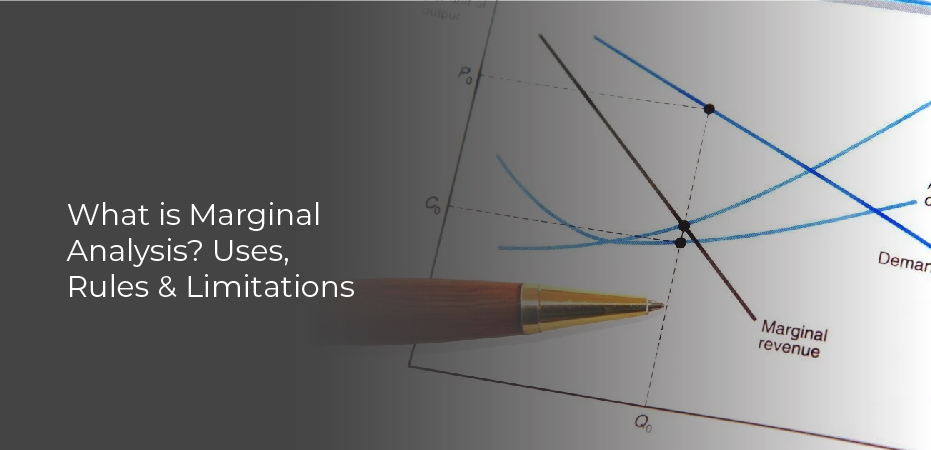Marginal analysis is a technique used by economists to calculate the effects of a change in one variable on another. This information can then be used to make better decisions, such as whether or not to produce a good or service. The first step in marginal analysis is to determine the Marginal Revenue (MR) and Marginal Cost (MC) of producing an additional unit of a good or service.
Marginal revenue is the amount of money earned from selling an additional unit of a good or service; marginal cost is the cost of producing that additional unit. Once these two values are determined, the next step is to find the Marginal Benefit (MB) and Marginal Cost (MC) of consuming an additional unit of a good or service.
Marginal benefit is what someone gains from consuming an additional unit of a good or service; marginal cost is what they give up by consuming that additional unit.
Uses of Marginal Analysis
Marginal analysis is a technique used to help managers and economists understand the consequences of alternative courses of action. It does this by examining the additional benefits and costs of taking any particular course of action. This information can then be used to make better decisions, as it allows for a more accurate understanding of the likely outcomes of any decision made.
Marginal analysis can be used in a variety of different ways. For example, it can be used to help with pricing decisions, as it allows for an accurate assessment of how changes in price will impact demand. Additionally, marginal analysis can be used to assess the profitability of different business ventures or projects. By doing so, managers can make more informed choices about which projects to pursue and which ones to abandon.
Finally, marginal analysis can also be used to evaluate economic policies.
Rules of Marginal Analysis in Decision-Making
Making decisions based on marginal analysis is a great way to optimize your choices. The following are some of the key rules to follow when using marginal analysis in your decision-making process:
Equilibrium Rule
The equilibrium rule of marginal analysis is a key principle in decision-making. It states that decisions should be based on the incremental benefits and costs of each possible choice, with the goal of finding the most advantageous option. This rule helps to ensure that decisions are made in a rational and logical manner, taking into account all relevant factors.
The equilibrium rule is also known as the marginal analysis rule or the law of diminishing returns. It is based on the principle that people respond to incentives, and that they will continue to do so until the marginal benefits of an action equal the marginal costs. When this happens, there is an equilibrium or balance point, and no further change in behavior is likely to occur.
The equilibrium rule is important for making smart choices in both personal and business settings.
Efficient Allocation Rule
The efficient allocation rule of marginal analysis is a key part of making sound economic decisions. This rule states that when making a decision, the optimal course of action is to allocate resources in the most efficient way possible, so that the greatest benefit is achieved with the fewest costs. In order to apply this rule, it is necessary to understand and quantify both the benefits and costs associated with each potential course of action.
This approach is often used in business decisions, where maximizing profits is the goal. By allocating resources in an efficient manner, businesses can ensure that they are getting the most bang for their buck. The same principle applies when making personal decisions as well; by understanding the trade-offs involved in each choice, it is possible to make the most informed decision possible.
Limitations of Marginal Analysis
Marginal analysis is a valuable tool for making business decisions; however, it has limitations. One limitation is that it does not account for the opportunity cost of using resources in one activity over another.
For example, if a company has two options for production, and the first option requires using more resources than the second option, marginal analysis would recommend using the first option even if it is not the most efficient use of resources.
Another limitation is that it does not take into account externalities, which are costs or benefits that affect parties other than those involved in a transaction. For example, if a factory emits pollutants into the air, marginal analysis would not account for the cost to those who breathe the air. Finally, marginal analysis does not take into account future consequences of current decisions.



